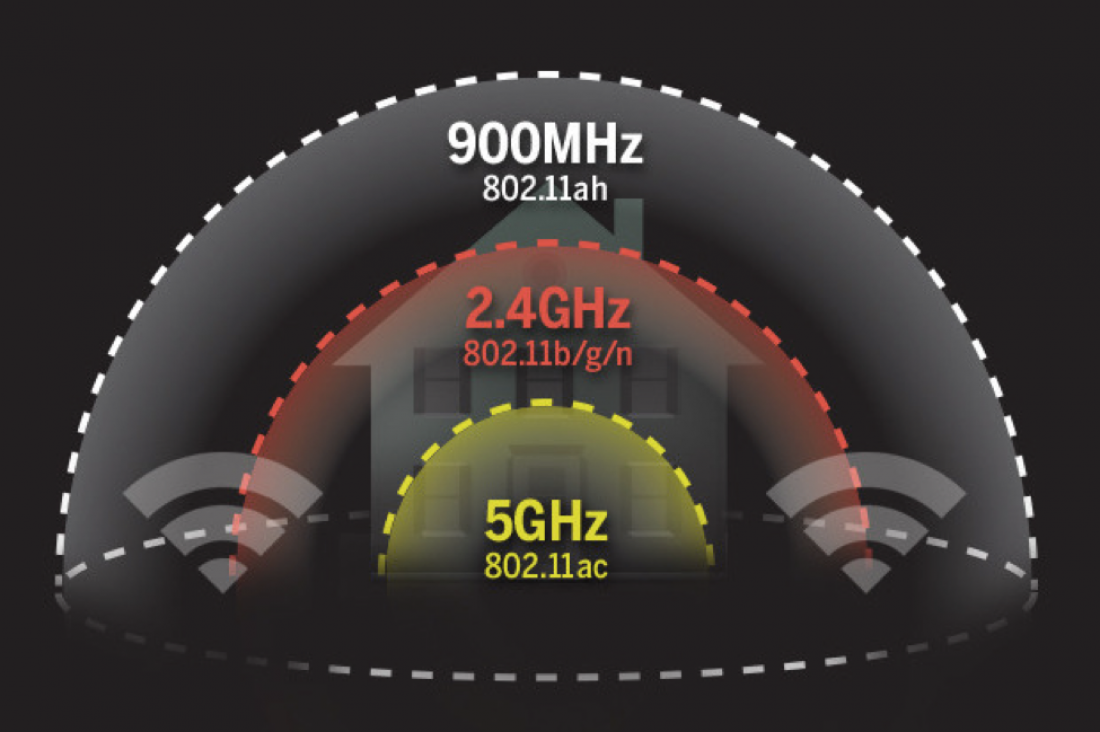 IoT was in the spotlight at CES, and that was really fun to see. But while we are rolling out some great IoT platforms now, we still have a lot of work to do to simplify solutions for mass deployment.
IoT was in the spotlight at CES, and that was really fun to see. But while we are rolling out some great IoT platforms now, we still have a lot of work to do to simplify solutions for mass deployment.
One part still in flux is in the LPWAN, or Low Power Wide Area Network. LPWAN is really no big deal where you can plug in your IoT device. But for devices that need to run on batteries or scavenge power, Low Power WAN is a very big deal. To date, Zigbee, 802.15.4g mesh, Ingenu’s RPMA, SigFox, LaRa as well as proprietary solutions are all filling different LPWAN roles in this broad space. But until now, there was no LPWAN 802.11 WiFi standard. This is where WiFi HaLow / 802.11ah comes in. Announced by the Wi-Fi Alliance at CES, the new HaLow standard will fill an important gap for consumer, commercial and industrial IoT applications.
For solution providers, the absence of an 802.11 based long-reach / low-power WiFi standard has complicated development of complete IoT solutions. The other standards mentioned can do the job, but rolling out multiple technologies can add a lot of complexity to deployments. The ubiquity of 802.11 and its familiar technology ecosystem makes it very attractive for cases where the new HaLow standard will fit.
This new HaLow standard targets the gap between the very short range / low power (Bluetooth) and higher power / higher bandwidth solutions. Targeted at “the last 50 meters” or so, this standard should hit a sweet spot for low-power device connectivity. Unlike previous WiFi standards running at 2.4 and 5.2 GHz, where signal propagation and non-line-of-sight is a problem, this new standard runs at a lower frequency of 900MHz and will have better range across more deployments. The new standard will also provide reasonably fast bandwidth, from 150kbps to 2mbps depending on the spectrum used. Finally, we will see this brought to market using mass market silicon and familiar IP technologies, giving us the features we need without standards divergence.
Zigbee, 802.15.4g mesh, Ingenu’s RPMA, SigFox, LaRa, and especially LTE will continue to play important roles, because 802.11ah HaLow will target a specific niche. But, this last 50+ meter niche is important. Being able to provide a good LPWAN solution with familiar technology and known software is a big advantage. HaLow will not be perfect for all applications, but the new standard will be a big help.
This is good news, but product availability of standard compliant silicon is the question. For now, we will just have to use what is working, and focus on improving ease of deployment with existing standards. Despite the benefits of using 802.11ah raised here, the IoT train has left the station. I like what the WiFi Alliance has done with HaLow, but we need silicon now. This industry is not waiting!
Here is are a good link for more details on the announcements, and here is the link to the WiFi Alliance information on HaLow.







Leave A Comment